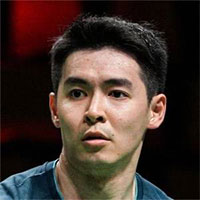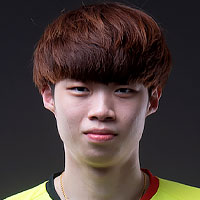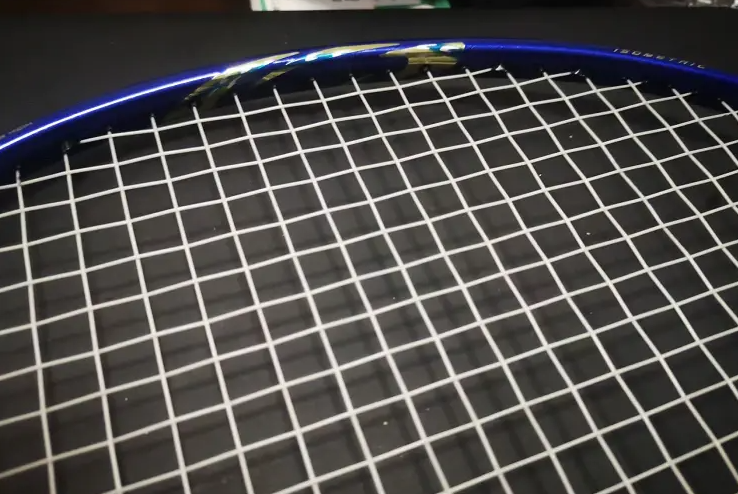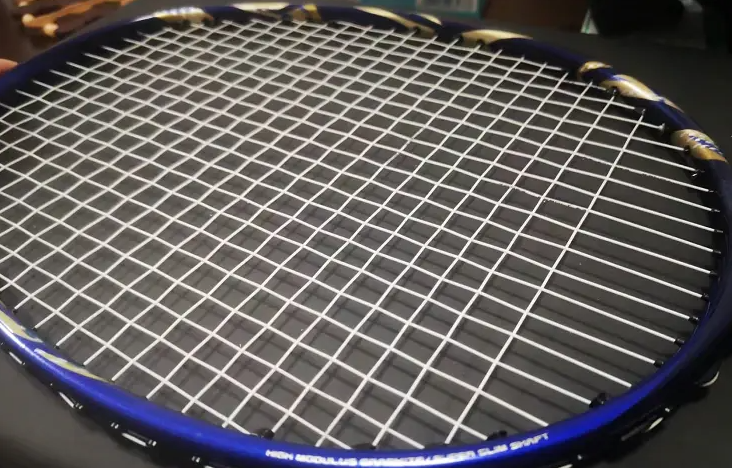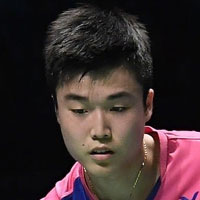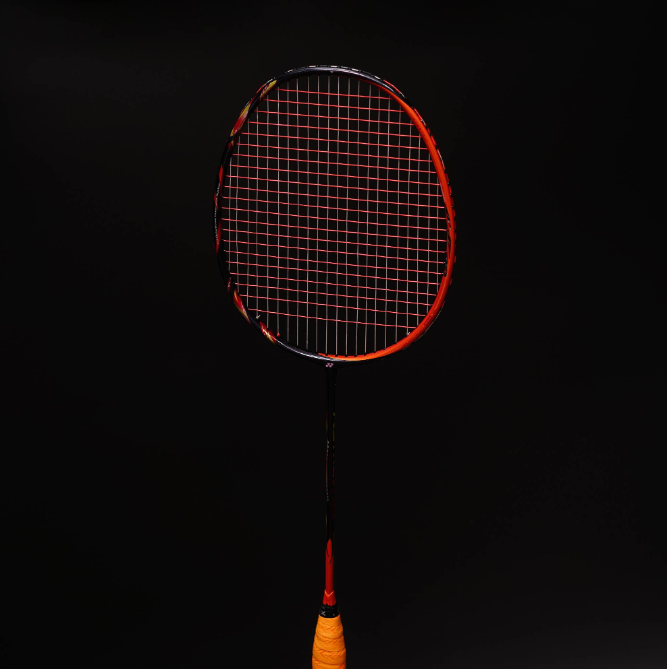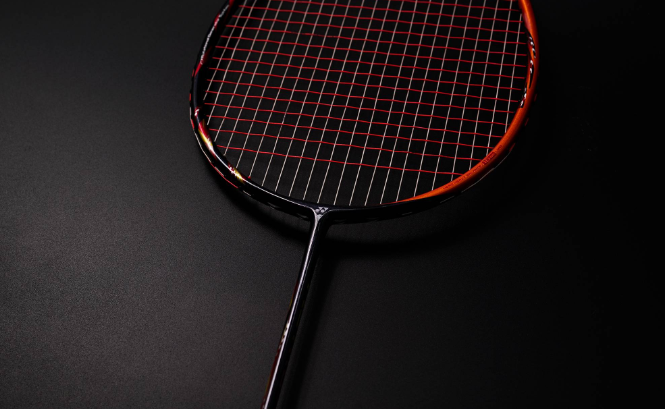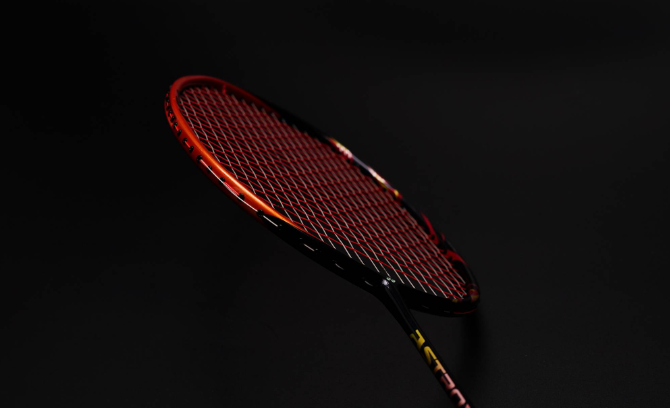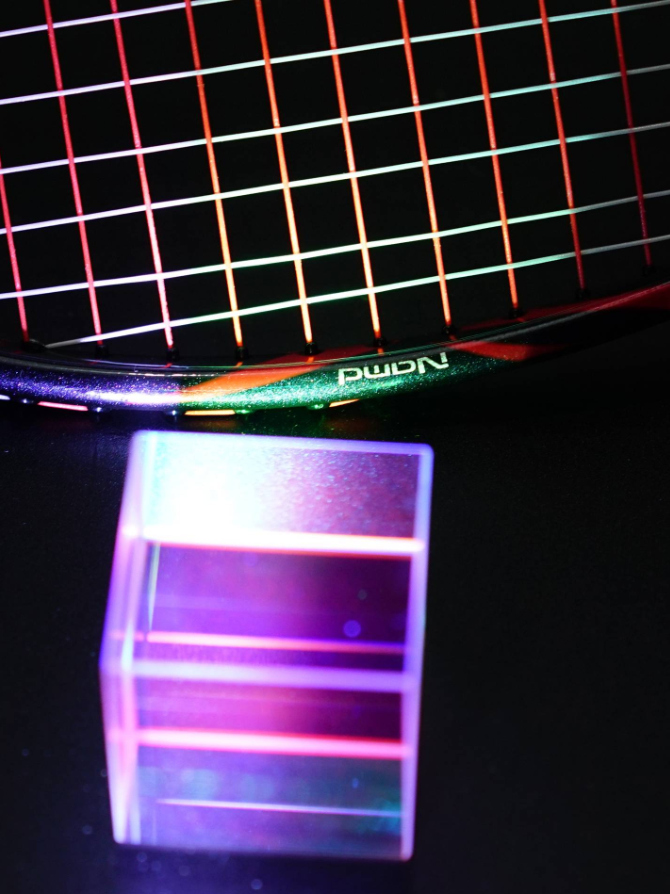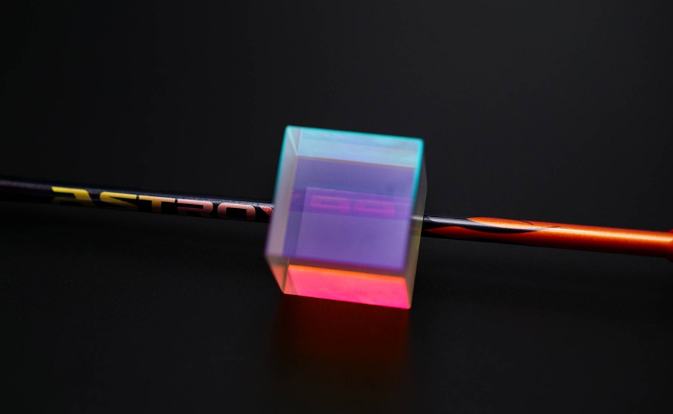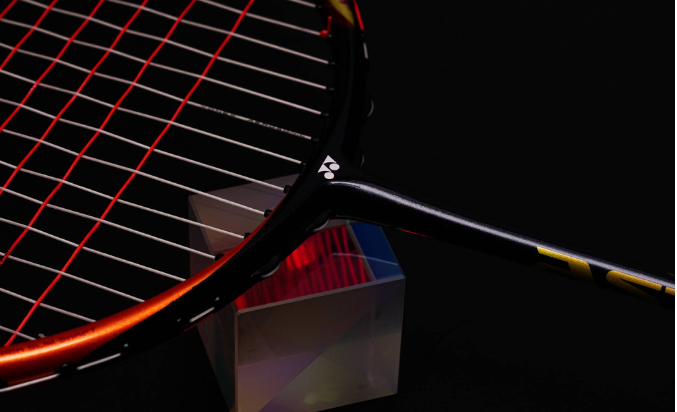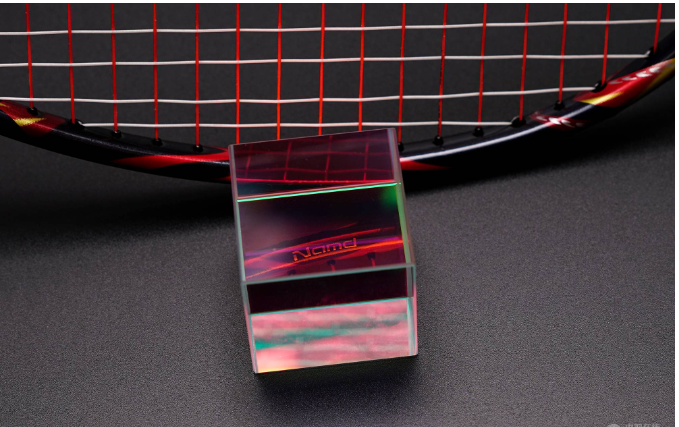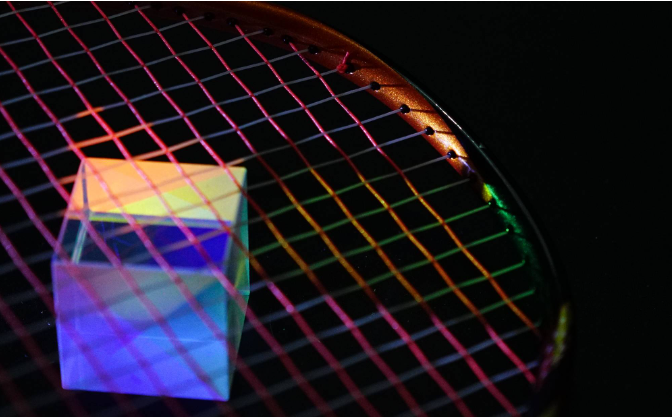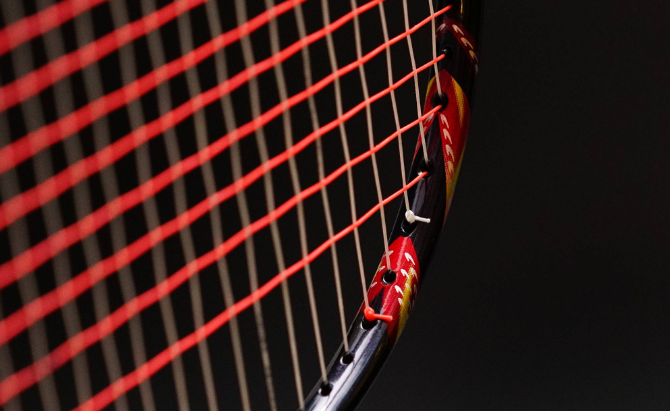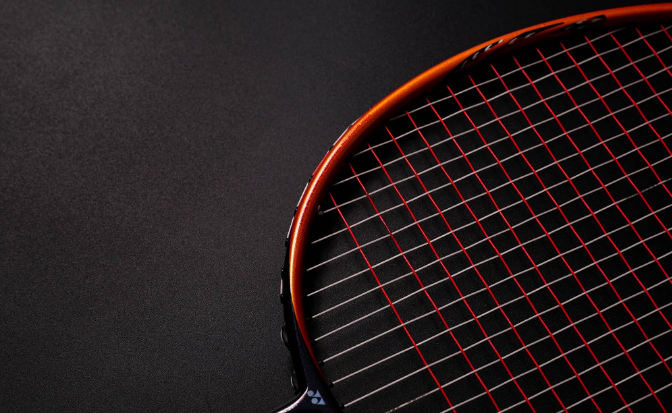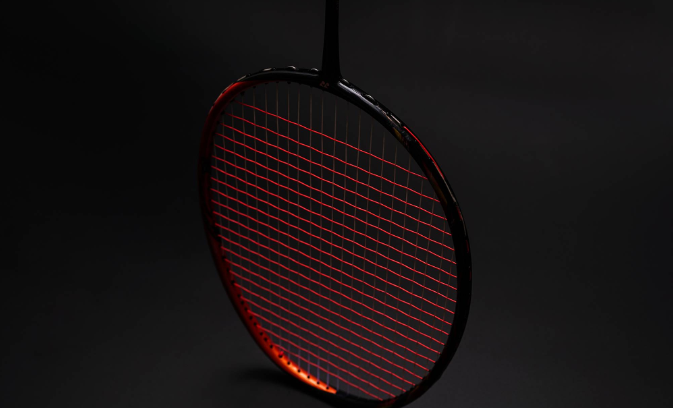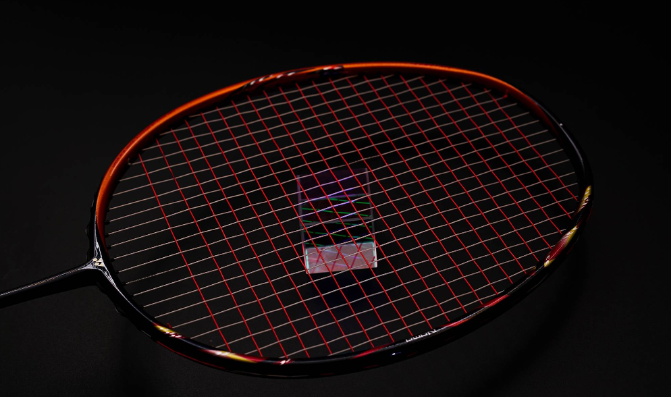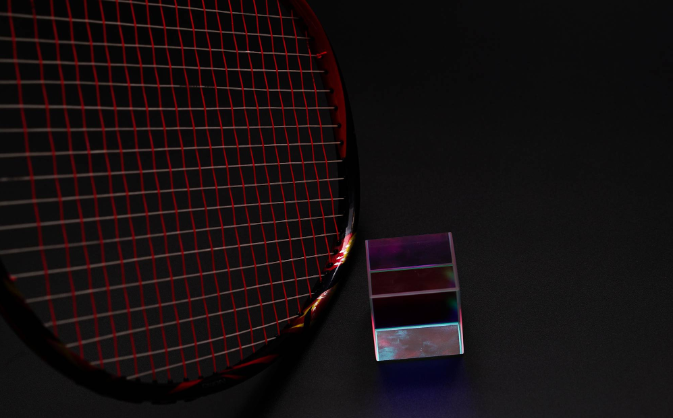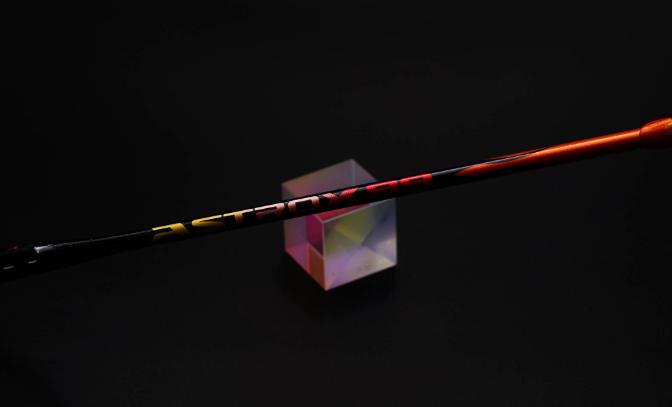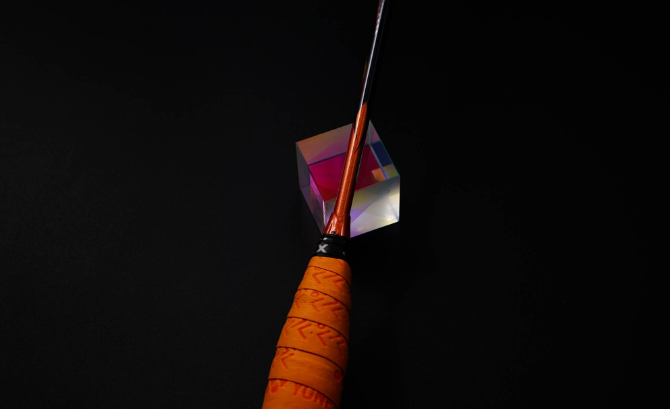
Character Introduction
Jan O Jorgensen (December 31, 1987) is a Danish male badminton player.
He started playing badminton at the age of 4, and was trained at a badminton club in his hometown of Aalborg by former Danish national badminton coach Kenneth Larsen. At the age of 18, he traveled to the big city of Aarhus to continue playing badminton, where he was scouted by national team scouts and entered the Danish national team.
In April 2008, Jane O. Jorgensen represented Denmark at the European Badminton Championships in his home country, winning third place in the men’s singles at the European Championships.
In November 2009, Jørgensen competed in the China Badminton Open, knocking out Malaysia’s Lee Chong Wei 2-1 in the first round, and then defeating Thailand’s Boonsak Posana and China’s Chen Jin to reach the final for the first time, but unfortunately, he lost to Lin Dan 0-2 (12-21, 12-21) in the final and was the second runner-up.
In March 2010, Jane O. Jorgensen represented Denmark at the Badminton European Championships in Manchester, England, where he won second place in the men’s singles at the European Championships. In October of the same year, he played in the Danish Badminton Superseries and won his first Superseries men’s singles title in his badminton career, defeating Olympic champion Taufik, the tournament’s No. 2 seed, 2-0 (21-19, 21-19) in the men’s singles final.
In 2012, Jorgensen represented Denmark in the men’s singles event of the Olympic badminton tournament held in London, England, defeating Israel’s Misha Silberman and Singapore’s Wong Tsz-Liang in the group stage to reach the knockout rounds; however, the later match ended in the round of 16 with a 0-2 (17-21, 13-21) loss to South Korea’s Lee Hyun-Il out of the tournament.
In June 2014, he played in the Indonesia Badminton Premier Superseries and won the men’s singles title of the Premier Superseries by defeating the tournament’s No. 4 seed and Japanese star Kenichi Taner 2-0 (21-18, 21-18) in the men’s singles final.
In February 2015, Jane O. Jorgensen represented Denmark at the Badminton Europe Mixed Team Championships in Leuven, Belgium, helping the team win the Mixed Team title.
In May 2016, Jane O. Jorgensen was selected as the main men’s singles player for the Thomas Cup, helping Denmark win the men’s team title.
In November 2016, Jane O. Jorgensen played in the China Badminton Premier Superseries and won the Premier Superseries men’s singles title, defeating the tournament’s No. 2 seed and host, Chen Long, 2-0 (22-20, 21-13) in the men’s singles final.
He retired in October 2020 after the Denmark Open.
Equipment Used
ASTROX 99,ASTROX 88S,AEROBITE,SHBCFZMEX,WOODS N90,VOLTRIC 80 ETN,SHB-CFTEX,WOODS N80,10335ex/20522ex,12099EX
Major Achievements
- 2018 Akita Badminton Masters Japan Men’s Singles Quarterfinals
- 2018 Chinese Taipei Badminton Open Men’s Singles Quarterfinals
- 2018 Swiss Open Badminton Men’s Singles Runner-up
- 2018 Thomas Cup Badminton Men’s Team 3rd Runner-up
- 2016 BWF Super Series Finals Men’s Singles Quarter-finals
- 2016 Hong Kong China Badminton Super Series Men’s Singles Quarter-finals
- 2016 China Badminton Super Series Men’s Singles Champion
- 2016 Japan Badminton Super Series Men’s Singles Runner-up
- 2016 Indonesia Badminton Premier Superseries Men’s Singles Runner-up
- 2016 Thomas Cup Men’s Team Champion
- 2016 Badminton Europe Championships Men’s Singles Runner-up
- 2016 Malaysia Badminton Premier Superseries Men’s Singles Quarter-finals
- 2016 Badminton Germany Golden Grand Prix Men’s Singles Quarter-finals
- Men’s Singles Quarter-finals of Badminton World Cup Super Series Finals 2015
- Men’s Singles Quarterfinals, Badminton France Superseries 2015
- 2015 World Badminton Championships Men’s Singles Third Place
- 2015 Indonesia Badminton Super Series Men’s Singles Runner-up
- Men’s Singles Quarter-finals of Badminton Australia Superseries 2015
- 2015 Malaysia Badminton Superseries Men’s Singles Quarter-finals
- 2015 All England Badminton Men’s Singles Runner-up
- 2015 Germany Badminton Golden Grand Prix Men’s Singles Champion
- 2015 European Badminton Championships Mixed Team Champion
- 2014 Badminton World Cup Super Series Finals Men’s Singles Quarter-Finals
- 2014 Hong Kong, China Badminton Super Series Men’s Singles Quarter-finals
- 2014 Indonesia Badminton Premier Superseries Men’s Singles Champion
- 2014 Japan Badminton Super Series Men’s Singles Quarter-finals
- 2014 Badminton India Superseries Men’s Singles Quarter-finals
- 2014 Swiss Badminton Golden Grand Prix Men’s Singles Quarter-finals
- Men’s Singles Quarter-finals of Badminton World Cup Superseries Finals 2013
- 2013 Badminton Super Series France Men’s Singles Champion
- 2013 China Badminton Masters Men’s Singles Quarter-finals
- 2013 Sudirman Cup Mixed Team 3rd Runner-up
- 2013 Malaysia Badminton Superseries Men’s Singles Quarter-finals
- Men’s Singles Quarter-finals of All England Premier Badminton Tournament 2013
- 2013 Swiss Badminton Golden Grand Prix Men’s Singles Quarter-finals
- 2012 German Badminton Open Men’s Singles Quarter-finals
- 2012 Badminton Europe Championships Men’s Singles 3rd Runner-up
- 2012 Thomas Cup Men’s Team 3rd Runner-up
- 2012 Denmark Badminton Premier Grand Prix Men’s Singles Quarter-finals
- 2012 Badminton France Premier Men’s Singles Quarter-finals
- 2010 Badminton Europe Men’s Singles Runner-up
- 2010 Denmark Badminton Premier Men’s Singles Champion
- 2009 China Badminton Premier Men’s Singles Runner-up
- 2009 Bitburger Badminton Open Men’s Singles Champion
- 2008 Badminton Europe Championships Men’s Singles 3rd Runner-up


